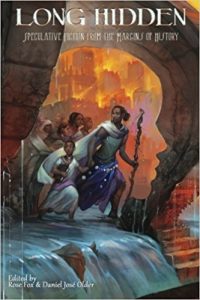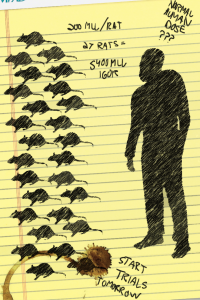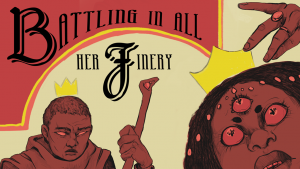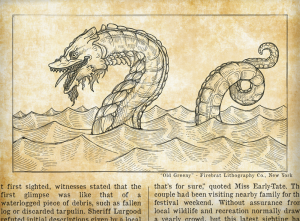In March, we recovered from our Kickstarter and began accepting submissions for the anthology. Funds cleared for the Kickstarter, but submissions ended up being slow in arriving, and we opted to extend our due date an additional month. Let’s take a look at how it all worked out last month.
The Money Aspect
Amounts in parentheses are losses/expenses.
Web Resources: (-$137.56)
Stories: (-$55.00)
Art: (-$300.00)
Advertising: (-$153.65)
Processing Fees: (-$513.10)
Printing: (-$326.33)
Donations: $68.71
Kickstarter: $6,219.00
Online Book Sales: $42.82
Total: $4,844.89
QTD: $1,707.25
YTD: (-$387.20)
All Time: (-$24,125.13)
As usual, I try to list costs for art and stories under the month that the stories run on the site rather than when I pay them. (This does not apply to special content for quarterlies, which does not have a specific month associated with it.) Sales are for sales when they take place, not when they’re actually paid out to me. Online book sales reflect the royalties given after the retailer takes their cut. Physical book sales represent gross income, not counting the cost of the physical book. Donations include Patreon as well as other money sent to us outside of standard sales.
Kickstarter funds cleared this month, which makes our revenue look good for a month or so. Of the $6,025 we raised, we lost $686 from having credit cards declined. From that amount, Kickstarter and Stripe took their cut of $470.35. Backerkit took 2% based on the funds raised (which I’ve included under website costs). Backerkit allows backers to both re-attempt payment if they were declined earlier. It also allows them to purchase add-ons if they didn’t include them in their pledge amount earlier. So we recouped $880 there.
Printing costs for last month were mainly for fulfilling add-ons of past anthologies.
We did a lot better job of letting Kickstarter backers know about our Patreon, which resulted in meeting two of our goals on there.
Submissions
We were open to submissions through March, but had to extend our deadline to the end of April due to a low volume submissions. Our total will be calculated in a future month.
Our all time acceptance rate is remains 37.9%.
Followers
Below is the social media following we had at the end of March.
Patreon: 29 (+9)
Facebook: 1,819 (+3)
Twitter: 592 (+14)
Tumblr: 298 (+4)
Mailing List: 112 (+4)
Google+: 63 (+0)
Instagram: 91 (+22)
Traffic
Last three months:
March 2018: 2,527 visits, 1,840 users, 3,616 page views, peak day of 217.
February 2018: 1,250 visits, 984 users, 2,134 page views, peak day of 70.
January 2018: 1,650 visits, 1,251 users, 2,534 page views, peak day of 73.
December 2017: 1,441 visits, 1,077 users, 2,419 page views, peak day of 84.
Last three Marches:
March 2017: 3,344 visits, 2,137 users, 5,279 pages views, peak day of 355 visits.
March 2016: 1,713 visits, 1,128 users, 2,603 page views, peak day of 96 visits.
March 2015: 2,205 visits, 1,427 users, 3,409 page views, peak day of 95 visits.
Traffic was spiked last month, likely due to our call for submissions. It’s a common trend for us. The main surprise I had was our lack of submissions last month despite high traffic. But then last year had even higher numbers than this year, so that could be a contributing factor. We may have just not gotten the word out well enough in the right places.


 Long Hidden
Long Hidden

 If you’re thinking about sending in a story for the Battling in All Her Finery anthology, this is a friendly reminder that you have until 11:59 p.m. Pacific time on April 30, 2018, to get your story in. That’s 19 days from now!
If you’re thinking about sending in a story for the Battling in All Her Finery anthology, this is a friendly reminder that you have until 11:59 p.m. Pacific time on April 30, 2018, to get your story in. That’s 19 days from now!


